Tony Grant
To those of you with a large screen TV/computer and excessively loud but sonically perfect hi-fi, here’s something to soothe the troubled brow: Voces8I’ve been following them for the past few years on YouTube, and really love most of their offerings. If you like this, try their rendition of ‘Lay a Garland’.

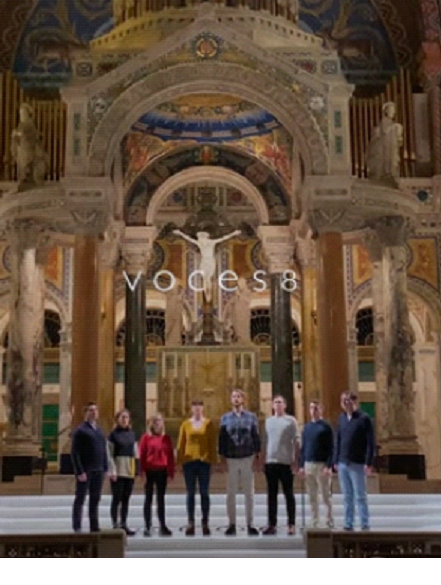
Dave Mundy
Very pleasant, but I also like the slightly different sound of ‘Libera’, a boys choir from Croydon, promoted and organised by Bob Prizeman, who is the musical advisor on the BBC “Songs of Praise” program.Nick Ware
I’ve been following Voces8 for some time too. I don’t think your YouTube piece was recorded in that fabulous looking basilica though. Videoed there yes, but the acoustic doesn’t sound right to me.Listening to all of their offerings, there’s a striking similarity in many of the venues. And bear in mind it’s a video promoting an album. My suspicion is that Decca and/or Abbey Road played some part in that! If I’m wrong I’m happy to be proved wrong, and if I’m right I’ll be happy with that too. The trouble is, lip sync is so random these days that it’s not always easy to spot a mimed as opposed to live vocal performance.
Artificial reverb is a wonderful thing, and nowadays, not so artificial. I use and swear by Altiverb (www.audioease.com/Altiverb ). Impulse Response samples of real buildings. There are a lot of my earlier choral recordings on YouTube that have been given the Altiverb makeover.
But I wouldn’t want to shatter any illusions- Voces8 sound fabulous, and the musicianship is beyond reproach, which, given their pedigree it would be.
Libera – I love them too. I lost count ages ago of how many times I listened to their arrangement of the Vavilov (Caccini) Ave Maria. Sadly, when they came to Guildford Cathedral a few months ago it was more like a touring pop gig than a choral concert, and I didn’t stay to the end.
Keith Wicks
I am not familiar with this group, nor with the venue. So I can’t suggest where the recording was made. But my feeling about the sound quality was that it was, by far, too much modified after recording. It sounds completely false to me (but perhaps that is the kind of quality that people like today).Dave Mundy
As a mere deputy SS I would say that the nice picture [in the basilica] and sound do not match! There are stands BEHIND each singer which is not the best position for a vocal mic! The sound is very nice and clean but looking at the enormous space they are in the reverb doesn’t match. Nice try, but fake!John Howell
Agreed … I have no experience of recording this type of material but looking at the venue I would have expected longer reverb with obvious first reflection and more high frequencies.Happy to be shot down…
Nick Ware
There’s also this on YouTube. 8x U67 (you can see the valve PSUs). Abbey Road.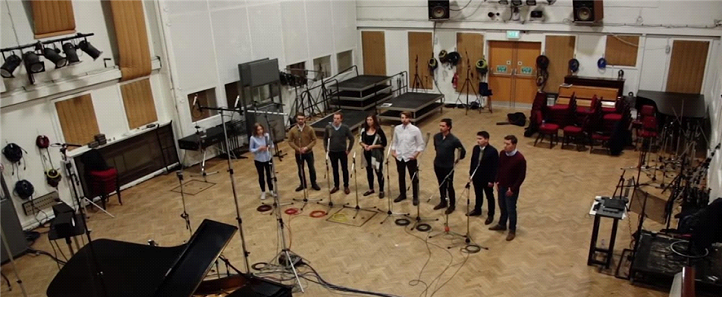
Roger Long
Working in Abbey Rd 2 was always a bit BBC like – I mean the smell.Cabbage from the canteen…
They seem to have painted it though.
What are the monitors?
Dave Newbitt
Monitors – possibly JBLs? Sticking my neck out a bit further (tentatively) – JBL 4325 Studio Monitors?I’ve posted so far postulating JBL, then JBL 4325 and finally JBL 4325 OR 4320. Given the vast amount of experience of so many of you I was a little surprised to find no one else offering a suggestion. My knowledge hardly amounts to much but I was for a time involved in retailing Hi Fi so looking at the post of the Abbey Road Studio 2 I found the dark and ancient recesses of my mind thinking “JBL”. I’ve now googled about a bit and come up with these images.
One is a blow up from another shot of AR Studio 2 which shows the speaker in question a little more clearly. The other is a pair of JBL 4320 Studio Monitors offered for sale across the pond. I find the comparison pretty persuasive.
Maybe with JBL being a US outfit they are not especially familiar to ex BBC audio men and I see that, control-room wise, the pictures of the mixing desk seem invariably to show B & W speakers in place. At all events I think that for whatever reason the studio floor seems to have had these JBLs permanently hung in the 1970s period. It is worth noting that the web images of these speakers show variation in the tweeter type and disposition.
Wiki shows me that the J B Lansing Company was named from James Bullough Lansing (though he was born James Martini). He was a significant engineer but apparently a poor businessman and following a decline in the company’s fortunes committed suicide in 1949. Subsequent ownership of the company after several changes culminated in it becoming part of the Harman International Group owned by Samsung. So typical of the absorption of smaller companies into conglomerates, here is a list of Harman International companies :-
A&R; Cambridge;
AKG;
AMX;
Becker;
Crown International;
dbx;
Digitech;
Harman Kardon;
Infinity Systems;
JBL; Lexicon;
Mark Levinson;
Martin Professional;
Revel;
Soundcraft;
Studer.
Abbey Road Studio 2 Monitor Speaker:
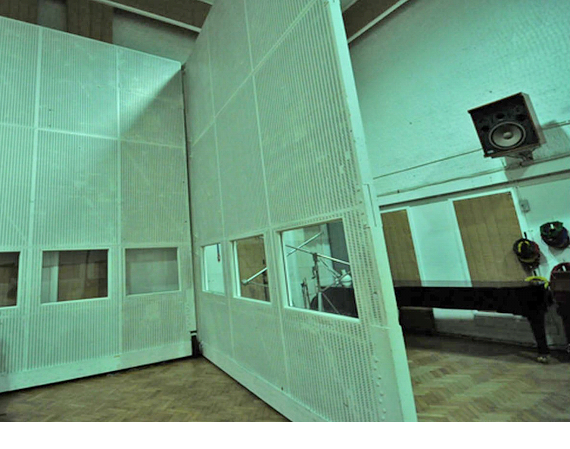
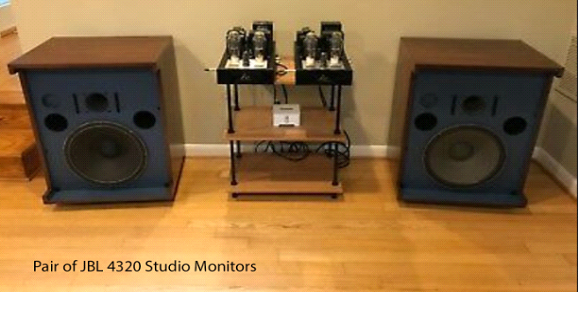
Nick Ware
They do look like JBL with the front grille removed. But two things make me wonder if they might have been made by EMI themselves:Historically (literally), EMI have a tendency to retain vintage equipment that is still functioning perfectly well to everyone’s satisfaction (viz. those U67 mics and C12s), so I’m guessing the speakers on the wall could have been there since the Beatles.
Secondly: over a long period of time, EMI manufactured their own tape machines and sound desks. In-house built speakers would have been a doddle for them to make.
I count myself incredibly lucky to have spent quite a lot of time at Abbey Road over the years, but always as client or guest, (or session photographer, even!), never in a technical capacity. You need to ask someone who worked there.
It’s such an iconic place, I’m awe-struck every time, imagining all the people who worked and performed there. I daresay, some people would say the same about the TV Centre and Lime Grove, which we all took for granted!
Roger Long (recap)
Working in Abbey Rd 2 was always a bit BBC like…Alan Taylor
It was also like the BBC because the faders worked the right way.I’ve often heard theories why BBC faders went that way while the rest of the world’s faders went the other way and have never been completely convinced by those explanations.
My explanation is that the early mixing desks ( BBC, Abbey Road etc ) originally used stud faders with a control knob. Those faders were subsequently re- engineered to become quadrant faders, which were essentially the same thing turned on its side and operated by a lever rather than a knob.
When mixing, you would generally be looking to have the fader around 75% fully up. If you had a quadrant fader with maximum gain away from you, the ergonomics of reaching over the quadrant to operate the knobs with the tips of your fingers doubled back would be difficult, especially for extended periods. The only logical way to arrange them is with maximum gain nearest you and then your palm can rest on the flat part of the sound desk with your fingertips naturally falling into place on the knobs.
Therefore, those companies who had been around long enough to have used quadrant faders became accustomed to faders being that way round, while the newcomers who started off by using linear faders could have them either way round, but most opted to have them the other way round to us.
Dave Plowman
I think it obvious if you look at an early TV sound desk and recording studio one, both with quadrant or linear faders.TV had the faders set back with a place for your script nearest to you. Recording studios, not.
If your script should knock a fader, it will reduce the level. Other way round it could open several you don’t want open – like say an OB or spooling VT, etc. A recording studio is far less likely to have such ‘nasty’ things plugged into the desk.
But having used both pretty extensively over the years for GP TV (rather than music balancing) I still found the BBC way best for a quick cue and cut.
Ian Hillson
Remember too, that the prehear button was nicely placed to be operated with thumb and you’re then still able to pull the fader open with your fingers.(A pictures man, but was I forced to do sound when I joined News as a TA)
Pat Heigham
The explanation that was fed to me, was that if the Sound Supervisor suffered a collapse and slumped forward, chances were that he would naturally knock the faders closed, thus avoiding horrid overmods, taking the transmitters off the air! This was of course, well before the era of limiters.Dave Plowman
Hmm. Quadrant sound faders date from rather later than transmitter limiters, surely? The old limiters we had kicking around on trolleys looked to date from before WW2, by the valves used.Dave Mundy
Dave, you probably remember wheeling the Lim2 transmitter limiter, trolley mounted, from control room to control room for Dickie Chamberlain to use on TOTP! The Lim2 was followed by the much larger Gaumont-Kalee trolley mounted limiter.Dave Denness
I well remember those monsters. Gave a lovely sound though.Keith Wicks
Long ago, I heard a man give this explanation, and I’ve just found it on the internet: from the man himself, Johnny Longden:————————————————–
"… I believe my special projects one-off desks in the 1960s were among the first to use slider rather than rotary faders, and I had to decide which way they should travel to fade up or down. The commercial desks of the day tended to favour UP – away from the operator, and DOWN, toward the operator, as they did in the USA. I adopted UP for OFF and DOWN for ON, simply because our domestic switches do this, the opposite being the case in America.
I was very amused to read all sorts of comments in technical magazines, discussing the difference between BBC and commercial practice for sound faders years later, where various theories put it down to "not knocking the script pages as one fades out…", etc. Why I didn’t join in the correspondence? I can’t remember – but you’ve read it first here …"
Johnny Longden looks back
————————————————–
You can read this and other explanations/theories at:
BBC Style ‘Upside down’ faders
Dave Plowman
Perhaps one of our older readers could remember the first type B TV desks?I thought the prototypes in Riverside dated from the late 1950s. But if it were a light switch thing, why not vision faders too?
John Howell
I seem to recall that when two booms were in use on a scene it was necessary to do a sort of ‘rocking’ action to favour the one required and put a few dbs of attenuation in the other. The fader knob profile was not very comfortable when doing this, so Chick Anthony (and Brian Hiles?) sought opinions on an alternative shape. Did anything come of this?Dave Plowman
I think that’s how the narrower and more deeply finger indented knobs (over the originals) came into being.And not only with booms. With desk mics on a panel, you could tighten things up by dropping back all those not speaking at the time slightly. And if someone interrupted, you had just time to pull it up – as most use a higher voice level when interrupting.
Of course personal mics made this less necessary.
When I moved to Thames, all the faders were flat standard recording studio types. Although BBC way round. And on bemoaning the lovely quadrant BBC faders of the mid 1970s, I got some very odd looks. What you’re used to, I suppose.
Pat Heigham
I would champion Nick Ware’s experience in what he has to say about this. Nick recorded the sound for a Ch4 series: “Music in Time” and I assisted in quite a few of the European venues, including the Dvorak Hall in Prague with the Czech Philharmonic, the Vienna Boys Choir in their chapel and the Verdi Requiem in St.Vitus Cathedral in Prague. (Think it was Verdi, Nick?).Nick kept the miking very simple, letting the internal balance speak.
Tony Grant
If Nick keeps things simple, then he probably didn’t do this one:Perpetuum Jazzile
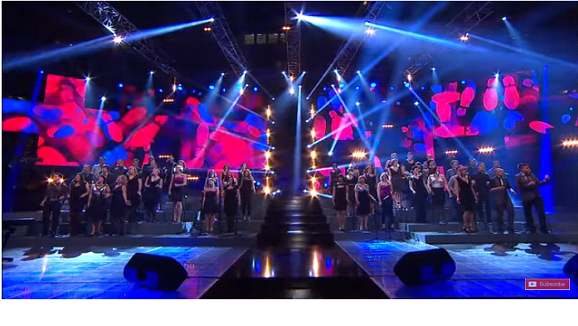
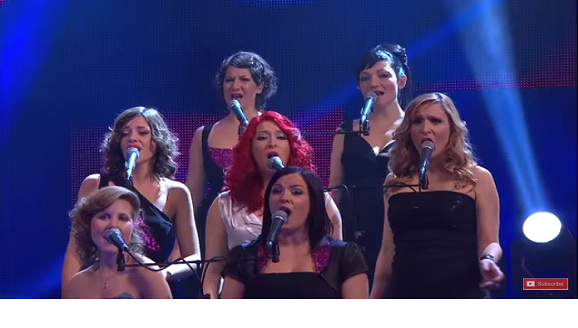
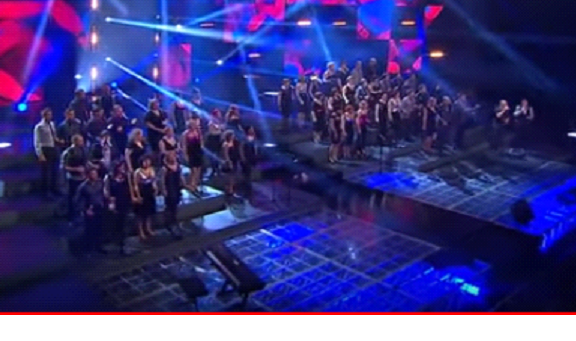
Pat Heigham
But who knows how many mics were actually faded up?I’m reminded of the splendid Walter Murch who, when faced with fitting multiple footsteps, realised that only two had to be in sync, as the rest was lost in a general melee.



